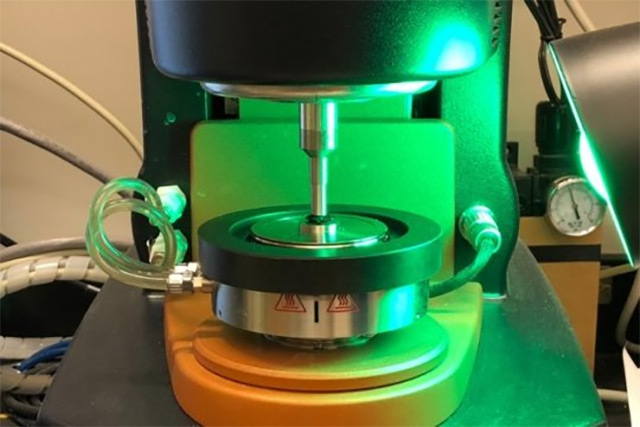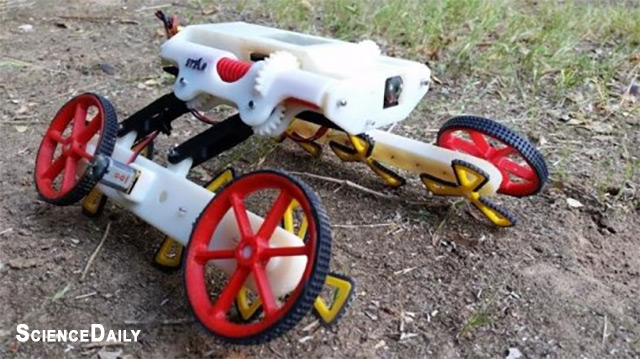New hope for spinal cord injuries: Silk from moths can be used to stabilize the injury and promote repair, according to experts
10/16/2018 / By Frances Bloomfield

British scientists have discovered a novel method of treating spinal cord injuries: modified silk from the Chinese Oak Silkmoth (Antheraea pernyi). By cleaning and sterilizing the silk produced by the larvae of this species, the researchers claim that this material could support nerve cell growth throughout affected areas of the spine.
As of this writing, there are no known cures for spinal cord damage. This is partly due to cavity and scar tissue formations becoming “formidable barriers” that hinder the restoration of proper spine function. Thus, the researchers wrote in their paper, “natural silks are considered increasingly for medical applications because they are biocompatible, biodegradable and in selected cases promote tissue growth.”
For the purposes of their study, the researchers turned to petri dish tests on rat cells. The modified Chinese Oak Silkmoth silk, which had been supplied by Oxford Biomaterials Ltd., proved to have the important and desirable properties to serve as a “scaffold” for spinal repair. (Related: Silk fibers may help repair nerve damage in humans.)
For one, the silk provided a better surface for spinal nerve growth. A chemical sequence on the silk’s surface bonded to nerve cell receptors and encouraged them to stick to the material for improved growth. This quality made the silk of the Chinese Oak Silkmoth far more desirable for the study than the silk of the Domestic Silkmoth (Bombyx mori). Secondly, the researchers noted that the silk of the Chinese Oak Silkmoth induced negligible responses from the immune system, greatly minimizing inflammation. Finally, the silk was found to gradually degrade well after it supported the initial growth of spinal cord nerves, leaving ample room for these nerves to act as the scaffold and promote faster spinal injury healing.
“These are still early bench-based studies but they certainly seem to show that [Chinese Oak Silkmoth] silk has fantastic properties especially suitable for spinal repair,” Dr. Wenlong Huang, study co-author and non-clinical lecturer at the University of Aberdeen, told the DailyMail.co.uk.
Huang further noted that the silk could well improve the quality of life of people who’d sustained serious injuries to their spinal columns. People suffering from this condition can experience motor and sensory function loss below the injury site, problems with their bladder and bowels, and sexual dysfunction, Huang explained.
Dr. Fritz Vollrath, an academic research leader at the University of Oxford and co-author of the study, has spoken glowingly about the results of their research. He has called them the “most important and exciting” findings on the values of silk so far.
To read through more stories covering scientific breakthroughs from all over the world, just visit Scientific.news today.
Fast facts on silk
- Silk is an animal fiber produced by certain insects and arachnids. These animals use silk as a building material for cocoons and webs.
- Although the industry of silk production and weaving has its origins in China, its exact beginnings are contentious. A legend states that the wife of Huangdi, a deity regarded as the initiator of Chinese civilization, taught the Chinese people the art of silk weaving. Leizu, the empress, is said to have discovered silk after unraveling the threads of a silkworm cocoon that had fallen in her tea.
- Silkworms, the caterpillars of the Domestic Silkmoth, are one of the most common sources of silk. Unlike the Chinese Oak Silkmoth which can survive on their own, domesticated silkworms can no longer occur in the wild and are entirely dependent on humans.
- While silkworms subsist largely in the leaves of mulberry trees, they can be fed other foods to produce silk with unique properties. For example, giving silkworms carbon nanotubes and graphene enables them to create a “super silk” that’s more durable and conductive than the silk they normally produce.
Sources include:
Tagged Under: Antheraea pernyi, Chinese Oak Silkmoth, future science, medical technology, silk, spinal cord injuries


















